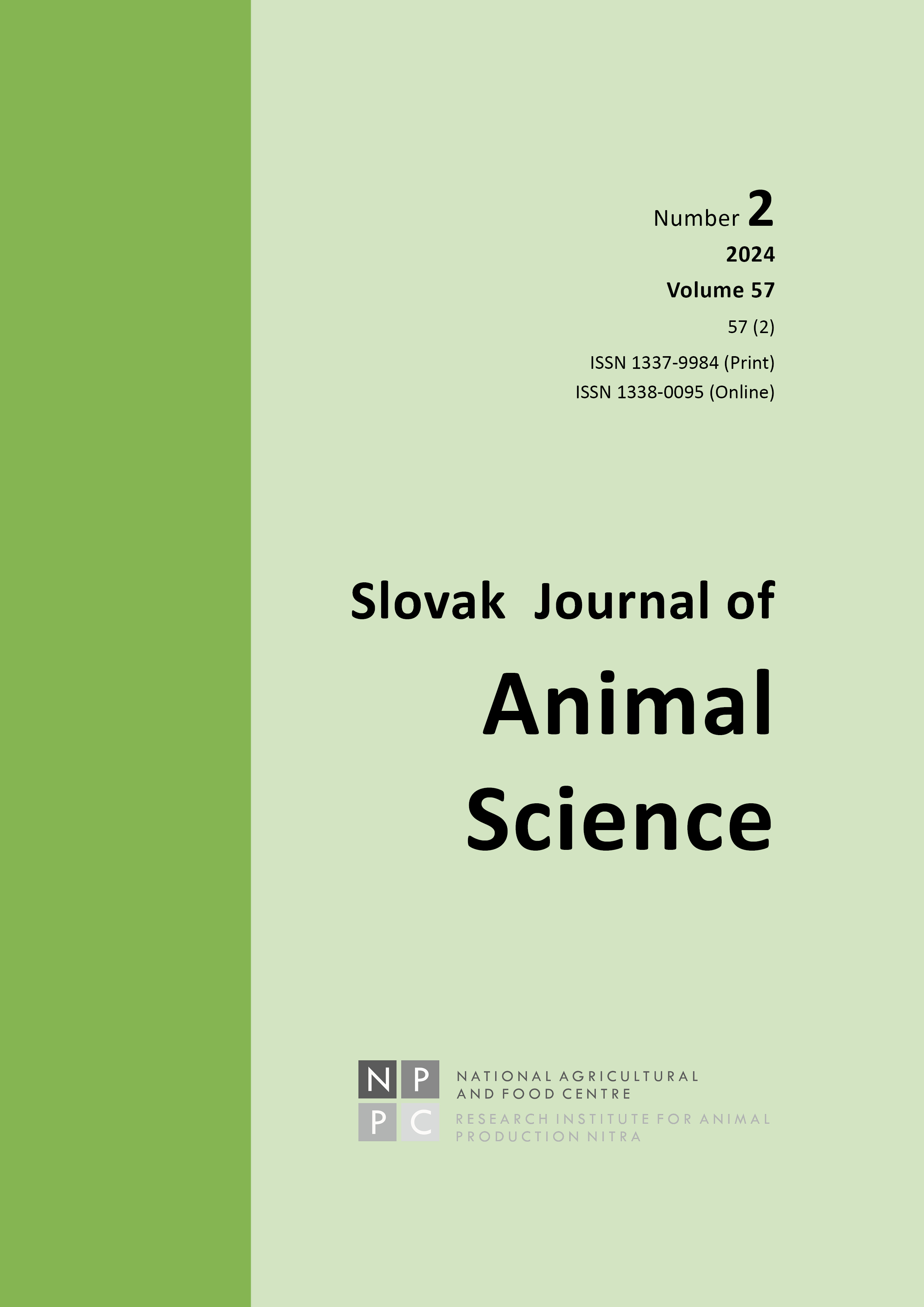NETWORK PERSPECTIVE: BENEFITS OF INTERNATIONAL SCIENTIFIC COLLABORATION
DOI:
https://doi.org/10.36547/sjas.923Keywords:
editorialAbstract
In 2010 Freeman suggested that "the globalization of scientific and engineering knowledge is the most potent aspect of modern globalization". International research collaboration is an activity that is widely pushed globally, at the level of research institutes and universities. Academic world is increasingly interconnected, fostering such international partnerships that represents the globalization of science from the scientific collaboration perspective. These collaborations extend beyond sharing resources. Main goal of those activities is exchanging ideas, cultures, and visions to address complex global challenges. It is evident that from partnering with institutions and researchers worldwide, National Agricultural and Food Centre (NPPC) can be exposed to diverse pools of knowledge and expertise that significantly enhance the academic quality and reputation of our NPPC. This global exchange of ideas leads to more innovative, comprehensive, and impactful research outcomes. Additionally, as the institute's reputation improves, the research centre will attract more funding, students and talented researchers, achieve globalization, creating a cycle of excellence and improvement.
In conclusion, the importance and benefits of international co-research agreements are multiple and profound. Collaboration's activities are pivotal in enhancing academic quality, broadening research horizons, preparing young researcher for global challenges, addressing international issues and policy makers, and fostering cultural understanding and global networks.
In the second Editorial article of 2024, I am going to introduce the contents of the articles collected and published in the second issue of 2024 year.
Atteh reviewed the effects of fiber on nutrition and reproduction in pigs. Author concluded that the reduction of dietary fiber's hemicellulose in a sow's lactation diet can improve the low-birth-weight piglets' health, post-weaning performance and milk composition. While exogenous enzymes and the extrusion of fibrous feedstuffs enhanced nutrient digestibility and utilisation, other processing methods, including fermentation and extrusion, decreased the dietary fiber components and had a beneficial impact on the performance of the pigs. Agro-industrial residues have enormous potential to improve reproductive efficiency and serving as an economically viable dietary fiber feeding strategy in the pig industry.
Awodoyin et al. investigated the dietary supplementation of coffee arabica seed powder on performance and meat quality of broiler chicken. Authors ended up that low pathogenic gut microorganisms and total volatile nitrogen base coupled with high sensory acceptability of meat confirm the antioxidant potential of black coffee in broiler chicken diet.
Ngige et al. performed a study aimed at screening the internal and external bacteria found in farmed Nile tilapia and African Catfish. According to microbiological investigation, the presence of the microorganisms, some of which are pathogens (Salmonella enteritidis, Enterobacter aerogenes, Klebsiella oxytoca) to humans, is an indication that undercooked fish may pose health risks to susceptible human and an impediment to the rapid intensification of aquaculture because of mortality of fingerings.
Busanello reviewed the most common traffic systems in barns for lactating dairy cows milked in automatic milking systems. The study describes the advantages and disadvantages of free, milk-first and feed-first traffic and the differences between forced and guided cow traffic designs. Some research data are also shown to emphasize the theoretical concepts included in this document. Author concluded that guided traffic designs emerge as the most efficient, milking more cows throughout the day while reducing the need to fetch cows and overall labour. When operating at full cow capacity, guided cow traffic designs are recommended.
Sudik conducted a study with the aim to determine the nutritional composition of roselle seed cake (Hibiscus sabdarica L.) and its effect on broiler chickens. Author concluded that roselle seed cake is rich in proteins and energy and it can be included up to 50 % in the diet of broilers without negative effects on growth rate and carcass performance.
Rajsky et al. described the flexible duodenal monocannula of the National Agricultural and Food Centre design for the determination of intestinal nutrient digestibility in cattle. The innovativeness of the technical design of the NPPC cannula lies in the fact that the cannula is made of one piece of a straight tube with an inner diameter of 22 mm. As a result, the life of cannulated animals can be extended without age limitation.
Editorial Team looks forward to evaluating your submitted contributions and providing all necessary support to Authors in order to best serve animal science and the scientific community, with commitment to research integrity and the highest publishing ethics.
Enjoy reading!
References
Atteh, O. M. & Apata, D. F. (2024). Fibre effects on nutrition and reproduction in pigs. Slovak Journal of Animal Science, 2, In Press.
Awodoyin, O. R., Obafemi, A. I. & Agamugaga, I. B. (2024). Performance and meat quality of broiler chicken fed graded levels of black coffee seed (Coffee arabica) powder supplemented diet. Slovak Journal of Animal Science, 2, In Press.
Busanello, M., (2024). Cow traffic designs in barns with automatic milking systems: advantages, disadvantages and differences. Slovak Journal of Animal Science, 2, In Press.
Freeman, L. C. (2010). Centrality in social networks conceptual clarification. Social Networks, 1(3), 215−239.
Ngige, H., Abubakar, M., Lelmen, E. (2024). Screening of internal and external bacteria found in farmed fish in relation to feed quality. Slovak Journal of Animal Science, 2, In Press.
Sudik, S. D. (2024). Nutritional composition of roselle seed cake (Hibiscus sabdarica L.) and its effect on broiler chickens. Slovak Journal of Animal Science, 2, In Press.
Rajský, M., Szakács, J., Formelová, Z. & Mlyneková, Z. (2024). Flexible duodenal monocannula of the National Agricultural and Food Centre design for the determination of intestinal nutrient digestibility in cattle. Slovak Journal of Animal Science, 2, In Press.
Downloads
Published
Issue
Section
License
Copyright (c) 2022 Francesco Vizzarri

This work is licensed under a Creative Commons Attribution-NonCommercial 4.0 International License.

